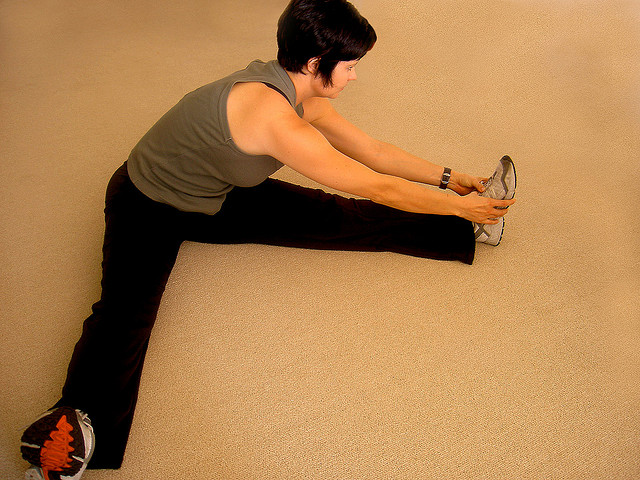Exercise Safety Tips to Prevent Injuries

There’s no question that physically active people are more prone to injury. Should this deter you from exercising and pursuing your fitness goals? Absolutely not. According to the CDC, adults need at least 150 minutes of moderate-intensity aerobic activity (e.g., walking) or 75 minutes of vigorous-intensity activity (e.g., jogging or running) each week, as well as muscle-strengthening activities that work all major muscle groups (legs, hips, back, abdomen, chest, shoulders and arms) two or more days a week. Just remember that whether you’re new to fitness or have been at it for several years, safety should be top of mind at all times to reduce your injury risk.
Types of injuries
Muscle, joint and bone issues are the most common. These can sometimes be prevented by stretching properly, warming up before your workout and getting enough rest. Dehydration can also be a concern, especially in hot weather or during long, intense workouts. Drinking enough water before, during and after you exercise can help you stay hydrated. If you’re just beginning a fitness regimen, start with a low-intensity activity like walking, and gradually work your way up to something more intense. Of course, always talk to your doctor before beginning any type of exercise.
Exercise safety tips
Without a doubt, the benefits of physical activity far outweigh the risks. By taking a few simple precautions, you can reap the rewards of an active lifestyle and increase your chances of staying injury-free.
- Start out slow and choose activities that match your fitness level. Unless you’re in good shape, select options that are low intensity and will have a lesser impact on your muscles, bones and joints. Try walking, swimming, bicycling, or even everyday activities like gardening and house cleaning.
- Gradual is the name of the game. This goes for everyone, regardless of your fitness level. By increasing the amount of activity you do, you’re also upping your injury risk. Think about it: If you routinely walk one or two miles and suddenly decide to tackle a 5k without properly training and slowly increasing your distance, your chances of injuring yourself are pretty good. While there’s no rule for what constitutes a gradual increase, most professional trainers recommend increasing the frequency and duration of exercise sessions before raising the intensity. For example, if you usually run or walk for 20 minutes on the treadmill twice a week, increase your time to 22 minutes, then 24 minutes, and tack on another day.
- Use common sense to protect yourself. Above all, make sure you dress properly and have the right equipment. If you’re a runner, this means wearing quality, supportive shoes that fit well or a bike helmet if outdoor cycling is your preference. Also, be sure to stick to safe, well-lit areas with sidewalks. This goes for any activity. Finally, be mindful of the weather. During the summer months, try to do outdoor workouts in the morning when it’s cooler and the sun isn’t as intense.
- Consult your doctor if you have a chronic condition or are pregnant. Exercise is great for managing diabetes, heart disease, osteoporosis, arthritis, and other conditions. Pregnant women can also benefit from regular activity. Just make sure you always talk to your doctor first. He or she will help you devise a plan that’s safe and suitable for your needs and fitness level.
Work out with CDPHP®
Members have access to a wide variety of free wellness and fitness classes. They’re a fantastic way to try something different and even meet some new people who have similar goals and interests.
 The Daily Dose
The Daily Dose
Comments are closed.